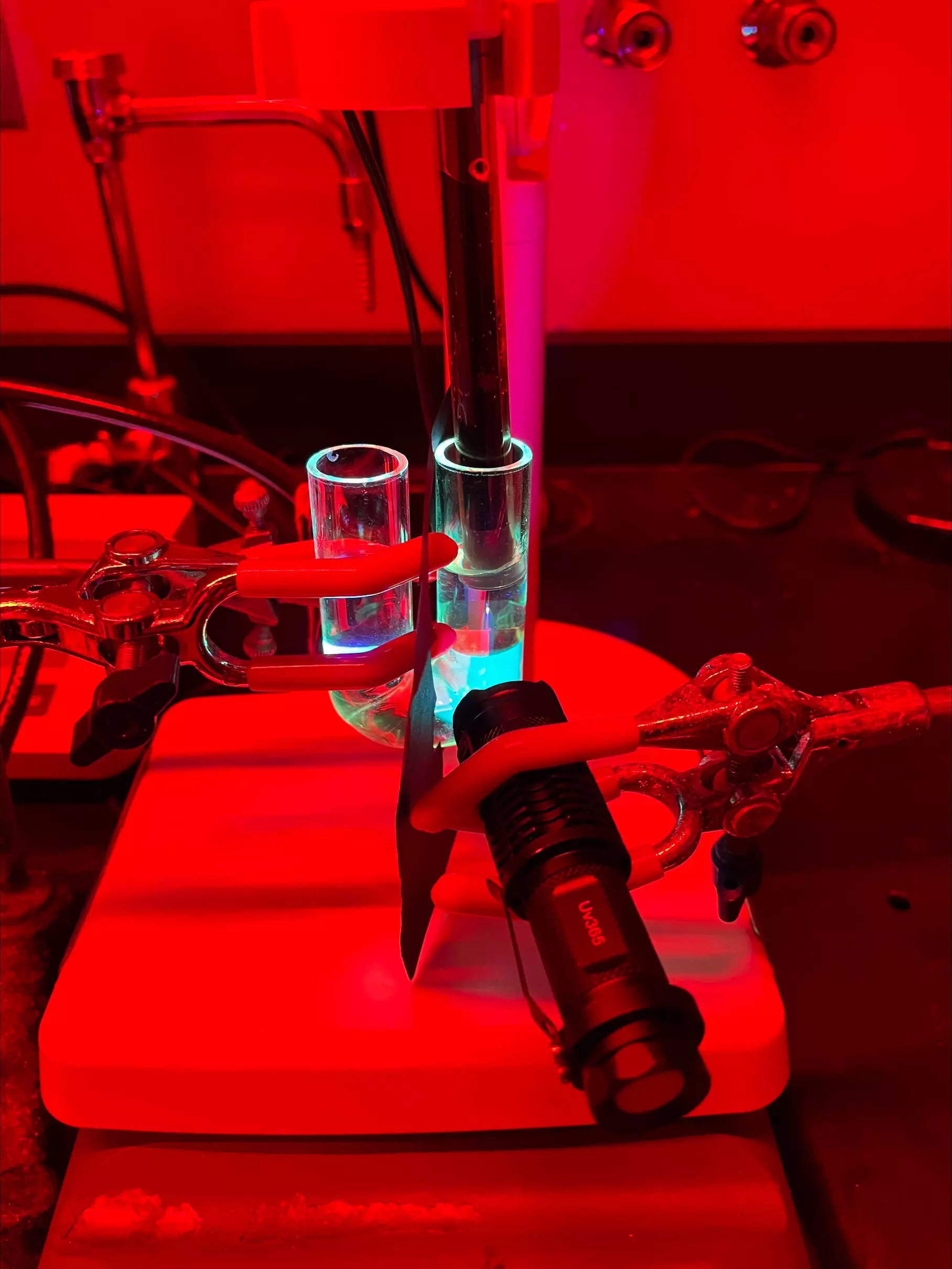Water pollution is one of the most pressing environmental issues of our time. As pollutants enter our waterways, the consequences ripple through ecosystems and human health alike. Recent advancements in chemistry and engineering are paving the way for innovative solutions that could revolutionize water purification. Among these advancements, research from Dartmouth College presents a self-powered pump, a breakthrough that harnesses natural light and sophisticated chemistry to selectively target and eliminate harmful water pollutants.
At its core, the self-powered pump developed by Dartmouth researchers operates on a simple yet effective principle: it utilizes synthetic molecular receptors that react to varying wavelengths of light. These receptors are designed to attract negatively charged ions, known as anions, which include dangerous pollutants that can disrupt metabolic processes in both flora and fauna. As contaminated water enters the pump, a specific light wavelength activates these synthetic receptors, enabling them to bond with the anions. Once the water exits, a different wavelength deactivates the receptors, prompting the release of the trapped pollutants into a non-reactive substrate, allowing for safe disposal.
The groundbreaking work, as highlighted by senior author Ivan Aprahamian, is a pioneering move towards creating a proof of concept that effectively converts light energy into a chemical mechanism capable of purging contaminants from waste sources. Although the research has primarily focused on chloride and bromide pollutants, future applications could see this technology expanding to target a broader spectrum of anions, including those found in radioactive waste and agricultural runoff.
Chloride was chosen as a focal point for the study for a couple of significant reasons. First, chloride levels in water bodies often spike during winter months due to the runoff of road salts used for de-icing. This increase poses a risk to aquatic life and the surrounding ecosystem. Second, chloride is integral for cellular function, with its mismanagement linked to severe health issues like cystic fibrosis, which causes cells to retain excess chloride, leading to dehydration and mucus buildup.
In their experiments, researchers demonstrated the pump’s ability to actively move chloride ions from a lower concentration solution to a higher one, achieving an impressive 8% movement against the concentration gradient over a 12-hour period. This feat is akin to propelling a soccer ball the length of 65,000 football fields, a testament to the efficiency and capability of the synthetic receptors involved.
The inception of this innovative technology is an inspiring story of perseverance, particularly from Ph.D. student Baihao Shao, who conceptualized a method to enhance the functionality of hydrazone receptors. While Aprahamian initially doubted the competitiveness of the idea against existing photoswitchable receptors, Shao’s determination led to the successful creation of a receptor capable of both capturing and releasing target anions.
Notably, the development process utilized “click chemistry” — a versatile, Nobel Prize-winning technique that allows for the easy assembly and modulation of molecular structures. Such innovative chemistry not only reflects the advanced state of modern science but also highlights Dartmouth’s rich legacy in chemical education established by glowing alumni like Barry Sharpless.
This research aligns with a broader scientific ambition to replicate nature’s molecular machines, which are fundamental to biological processes in both plants and animals. From supporting cellular activities to facilitating DNA replication, these molecular “workhorses” operate using energy from ATP or sunlight. The hope is to mimic these natural phenomena for practical applications in environmental clean-up, targeted drug delivery, and medical diagnostics.
However, creating these artificial molecular machines has presented its own challenges, often being simpler in theory than in practical application. Aprahamian and his colleagues aspire not just to develop efficient filtration systems but also to create technology that is autonomous and self-sustaining — an essential factor for large-scale environmental remediation.
The self-powered pump developed by Dartmouth researchers embodies a remarkable integration of chemistry, engineering, and ecological responsibility. By harnessing light to control chemical reactions, this pump could serve as a crucial tool in combating water pollution and preserving the integrity of our ecosystems. As further research unfolds, the potential for widespread real-world applications offers hope for cleaner waterways and healthier environmental conditions, not just for today, but for generations to come.


Leave a Reply